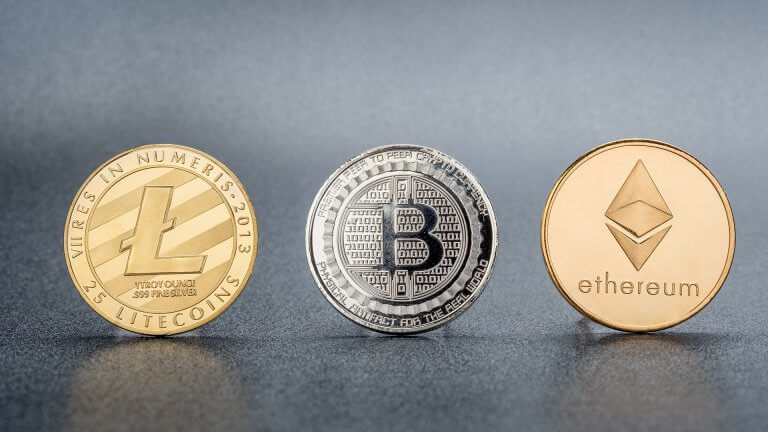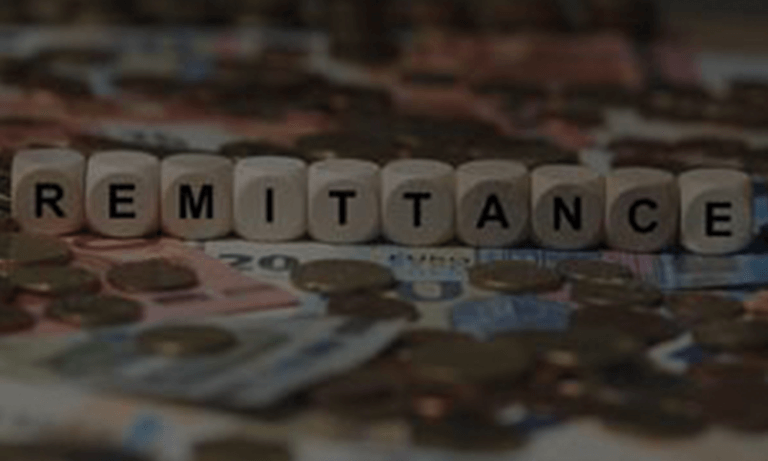
By William Je, CEO Hamilton Investment Management Ltd
It is a safe statement to make that many financial institutions have in recent years, been torn as to whether cryptocurrencies are an asset class. Analysts are polarised. This is unsurprising as, over time, cryptocurrency went from being widely seen as a conduit for money laundering into a serious proposition for investors. And it’s not just the novices that’ve hopped on board with the cryptocurrency hype, even large, established companies, including the likes of PayPal, which have in turn dabbled with the digital currency as a genuine form of payment.
Major banks have also been rushing to set up crypto-related operations recently, with Morgan Stanley and Bank of America establishing a crypto-focused research division. State Street announced the launch of a dedicated digital finance division. JP Morgan and Goldman Sachs are also rolling out crypto trading services.
An asset is anything of value or a resource of value that can be converted into cash. Traditionally, an asset can often generate cashflows: stocks provide dividends, bonds provide coupons, loans provide interests. However, there are assets that do not really produce cashflows but still being considered as an important asset class.
Gold has long been considered to be an important asset class. It has very limited industrial usage and does not really generate cashflows. It is only collective thinking that gold is valuable that makes it so. In fact, this also applies to any fiat currency. After all, money is only a credit that a currency’s user gives to the issuer. For a currency to thrive, trust is the most important factor. The issuer of fiat currencies are sovereign entities which are deemed to be the most trustworthy. If there is a currency or economic crisis that the people do not trust the government, the value of the fiat currency will drop significantly.
So, an asset’s value will depend on the collective believe and trust of the people dealing with it. It is still at an early stage to conclude that investors believe and trust in the value of cryptocurrency, but the trend is definitively positive.
Throughout the course of history, we have become accustomed to recognising ‘traditional’ asset classes. Many investors regard cash and equivalents, bonds, and stocks as conventional financial investing’s big three. However, ever since the rise to prominence of cryptocurrency – a decentralised means of digital currency – many have started to question, should cryptocurrency be regarded as an asset class? This debate is as important as ever, considering that legislators and policymakers ponder upon taxing crypto in line with other assets in the midst of a tax war we’re witnessing. Currently in the US Congress, rules on tax on constructive and wash sales are being debated. Presently, only traditional asset classes such as bonds are stocks are subject to these rules, but there has been controversy about whether commodities, and digital assets should be considered.
In recent times, society has done a tremendous job of selling us on the idea that replacing our hard-earned cash with virtual currency is a good idea, and for good reason too. It does not take too much research to see that SMEs, family run businesses, corporates, asset managers and more are all investing in the crypto market. There is, however, a hurdle of learning new terminologies and understanding a new process.
As a result, many people shy away from dealing with it. This can seem daunting and is certainly a barrier to entry for some. However, it isn’t a reason to ignore what could potentially be an immensely fruitful asset pot. Professionals must now start to change their perspective on cryptocurrency, particularly in relation to what institutional investors consider to be an asset class and adapt processes to enable us to deal with cryptocurrency more effectively. Gone are the days of solely dealing with traditional assets. We all know that there are an enormous number of crypto assets now available and certainly the pandemic appears to have played a key role in driving increasing demand from both retail and institutional investors.
It’s not a secret that Bitcoin is the most valued – and thereby attractive – cryptocurrency on the market. Experts have largely accredited this by way of its scarcity, drastically leveraging its general understanding as an asset class. Bitcoin in particular benefits from investor confidence because of its snowballing popularity. Just as people in society believe in the value of diamonds because others believe in it, cryptocurrency shares this artificial value.
This further accentuates the power of supply and demand to dictate price. As hype is artificially created as a societal construct, it causes people to blindly jump on the bandwagon. When combining this with our excessive need to want what we can’t have; the forbidden fruit principle, it’s only to be expected that the price of Bitcoin is so high.
Bitcoin was the first scarce digital asset ever created. Imagine that – a digital product with a fixed total supply of 21 million coins. For new coins to come into circulation its new supply is cut in half every four years through a “halving” mechanism, until all 21 million coins are mined. As a result, it is estimated that only 18 million coins have been mined to date. Of those some believe that 5 million are technically lost, 10 million stored in long-term cold storage, and close to 3 million on exchanges. Mankind has always based the value of a currency on this concept of scarcity – that is why precious metals have been the backbone of many economies for centuries.
The growth in the number of cryptocurrencies is changing all of this and the faith put in them by investors is driving confidence in them as an asset class. If investors continue to believe in the value of gold because others believe in it, it will remain an asset. The difference with cryptocurrencies today, and gold of the past is therefore minimal.
But what is driving that faith, and what is underpinning the huge increases in the value of cryptocurrencies? Well maybe it has less to do with the currency itself and more to do with its ability to store value in relation to other asset classes. Widespread social adoption together with its privacy, security and transferability make cryptocurrencies an important asset class to store values. Maybe it’s time for a bit of a backward glance and look to recent history to explain this. Since 2008 and the unleashing of quantitative easing, there has been an undoubted period of price inflation. And yet if you look to the balance sheets of many central banks one thing stands out – global currencies have depreciated.
Cryptocurrencies don’t follow the same rules as fiat currencies, or even secured assets, instead things tend to get complicated. Given a cryptocurrency does not generate or support cashflow, it needs to be valued against potential – and critically – future prices. That then opens the door to several different valuation methods and guess what – our old friend gold is back. Amongst the differing valuation models now available – the stock-to-flow method, institutional participation method, and high-net worth participation method – we find the gold valuation method. But let’s not forget this is a new asset class so we would expect investors will consider a range of valuation methodologies to estimate future value. This is, however, not risk free. It is a new asset class, and one that does not exist physically. It is not gold as we are repeatedly saying. Risks do exist and they are well known, and some would argue substantial. We are firm believers that the industry needs to face into – and support – government initiatives around regulation.
But this is not the only risk associated with cryptocurrencies. Swings in the wider macroeconomic environment, risk associated with the technology backbone – everything from electricity supply to bad faith actors, and even an ever-more vocal and powerful economic, social, and corporate governance framework – ESG as it is known. All of which add to the potential risk for crypto as an asset class in its own right.
El Salvador became the first country in the world to adopt bitcoin as its national currency, allowing people to use a digital wallet to pay for everyday goods. Many countries are considering to issue their own central bank digital currencies. All these have been telling of cryptocurrencies’ future potential in line with an asset class.
The key question remains; should institutional investors dive in and is it in fact a dedicated new asset class?
The primary reason why some don’t regard cryptocurrency as an asset class is because it’s unclear regulatory environment and high volatility. However, more and more institutional investors use cryptocurrencies to hedge against inflation and currency debasement, and to diversify their portfolios in the pursuit of higher risk-adjusted returns. Over time, institutional investors have been more inclined to consider cryptocurrency as new asset class
Bitcoin is the most famous, most written about and most volatile of the many cryptocurrencies now on the market. Given the number of methodologies available to value not only it, but all digital assets, if anything, institutional interest is only just beginning.
This is without doubt, a new asset class and one that will increasingly gain acceptance and participation of institutional investors as time goes on.
It may not be physical gold, but it could very well be digital gold.























